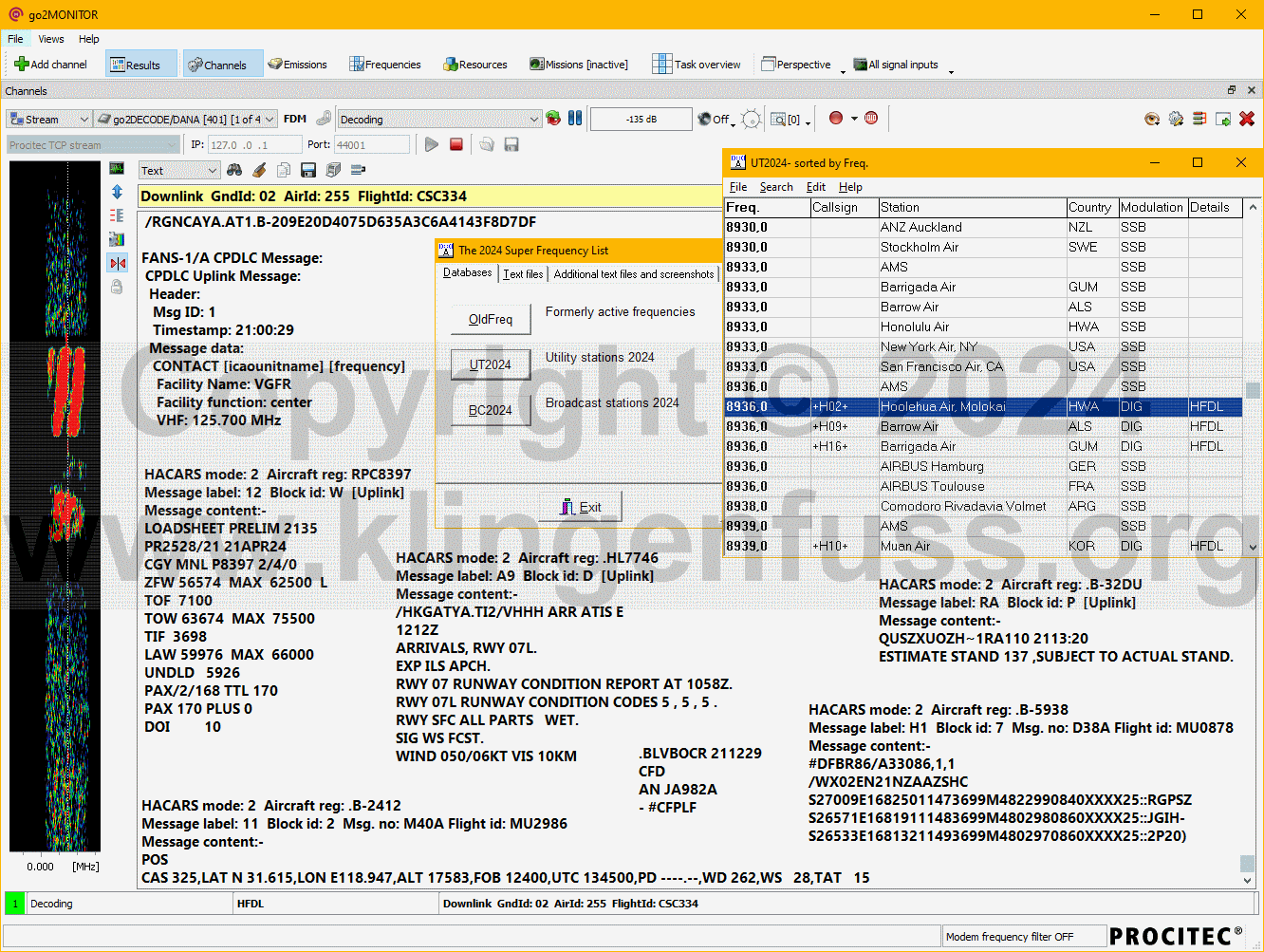Calculated Take-off Time Slot
For example, in the configuration below, the TDMA frame is configured to have 20 slots. Radio number 1 transmits in Slot 1. Radio number 2 in slot 2 TDMA Frames have a pre-set number of slots, and once the TDMA Frame Time has passed, the frame restarts at slot 0 again. Slot 0 is reserved for future base-station control signals. 1.A time calculated and issued by the Central Flow Management unit, as a result of tactical slot allocation, at which a flight is expected to become airborne. 2.An Air Traffic Flow & Capacity Management (ATFCM) departure slot, forming part of an Air Traffic Control (ATC) clearance, which is issued to a flight affected by Network Management regulations.
Calculated Take Off Time (CTOT)
From SKYbrary Wiki
| Article Information | ||
|---|---|---|
| Category: | General | |
| Content source: | SKYbrary | |
| Content control: | EUROCONTROL | |
Definition
Calculated Take Off Time (CTOT) - The time provided by the Central Flow Management Unit (CFMU), taking into account the European Civil Aviation Conference (ECAC) ATC flow situation, that an aircraft has been calculated to take off. The CTOT, also known as the ATFM ( Air Traffic Flow Management) slot, has a tolerance of – 5 to +10 minutes
Further Reading
EUROCONTROL
The Slot Swapping function helps the identification, assessment and request of eligible flights for ATCFM Slot Swapping.
As it is a semi-automated process (with minimal keyboard input), the risk of errors and typos - and as consequence, of rejection by NMOC- is minimized.
Calculated Take-off Time Slot Machine
Querying Flights
Please refer to the Aircraft Operator section of the Flights chapter for general information on the fields and filters belonging to the Query Area.
In a typical Slot Swapping context, here are the steps to follow:
1. In the Operator field, enter your own operator code - or, if you have agreements other operators within your group, the list of codes separated with a comma - then specify the WEF and UNT values:
2. When you click on the Go button (or hit the Enter key), all the flights matching the query will be listed in the Results area, and any flights that will be identified as having potential opportunities to be swapped with will have their ARCID and Regulation ID link displayed in green (instead of blue):
3. Select such a flight in the list ...
4. ... then click on the now enabled Investigate Swap button to get a pop-up dialog:

This dialog brings up the following options:
- improve slot: look to improve the CTOT of the selected flight by swapping with another flight that has the same (most penalising) regulation,
- delay slot by 30 minutes: look to delay the CTOT up to 30min of the selected flight with any other flight that has the same (most penalising) regulation,
- delay slot bay 60 minutes: as above, but look to delay the CTOT up to 60min,
- show all candidates: show all Slot Swap opportunities.
5. To continue with this example, we will go for the last option, show all candidates:

6. This options returns all candidates that might be able to swap with the selected flight (BAW143 in this example):
Two tables are presented:
Calculated Take-off Time Slots
- Subject Flights: contains the selected flight you want to work on,
- Candidate Flights: contains the potential candidate flight(s) for slot swapping, and indicating:
- New Delay - the new delay for both flights (if the swap was actioned),
- New CTOT - the new Calculated Take Off Time for both flights,
- New EDLT the new Estimated Landing Time for both flights,
- Swap decide by - the latest time a swap can be requested to NMOC.
In this example, the current Delay is 19 min. Before you start investigating, the New Delay is indicating 0:
7. You will then cycle through flights in the Candidate Flights list to check and evaluate what impact they will have on the New Delay for the Selected Flight:
Option 1: New Delay of 8 min
Option 2: New Delay of 23 min
Option 3: New Delay of 34 min
Option 4: New Delay of 25 min
8. You then select the best option you can achieve. In this example, we assume that you will want to swap between BAW143 and BAW139.
9. From this point, rather than having to manually enter the request in the E-Helpdesk Portlet and again risk typos, you can click on the Create E-Helpdesk Request button to open the E-Helpdesk application and automatically create a request based on the data transmitted by the Flights Portlet, including whether the flight is a swap between own operator, or different operators (subject to airline's own agreement):
10. Lastly, after having checked the form, simply click on the Submit button to send the request to the NMOC for impact assessment.
11. When done, you will access the E-Helpdesk in the usual way to monitor and track the progress of your flight.
Please refer to the E-Helpdesk section for more information on the request follow-up.